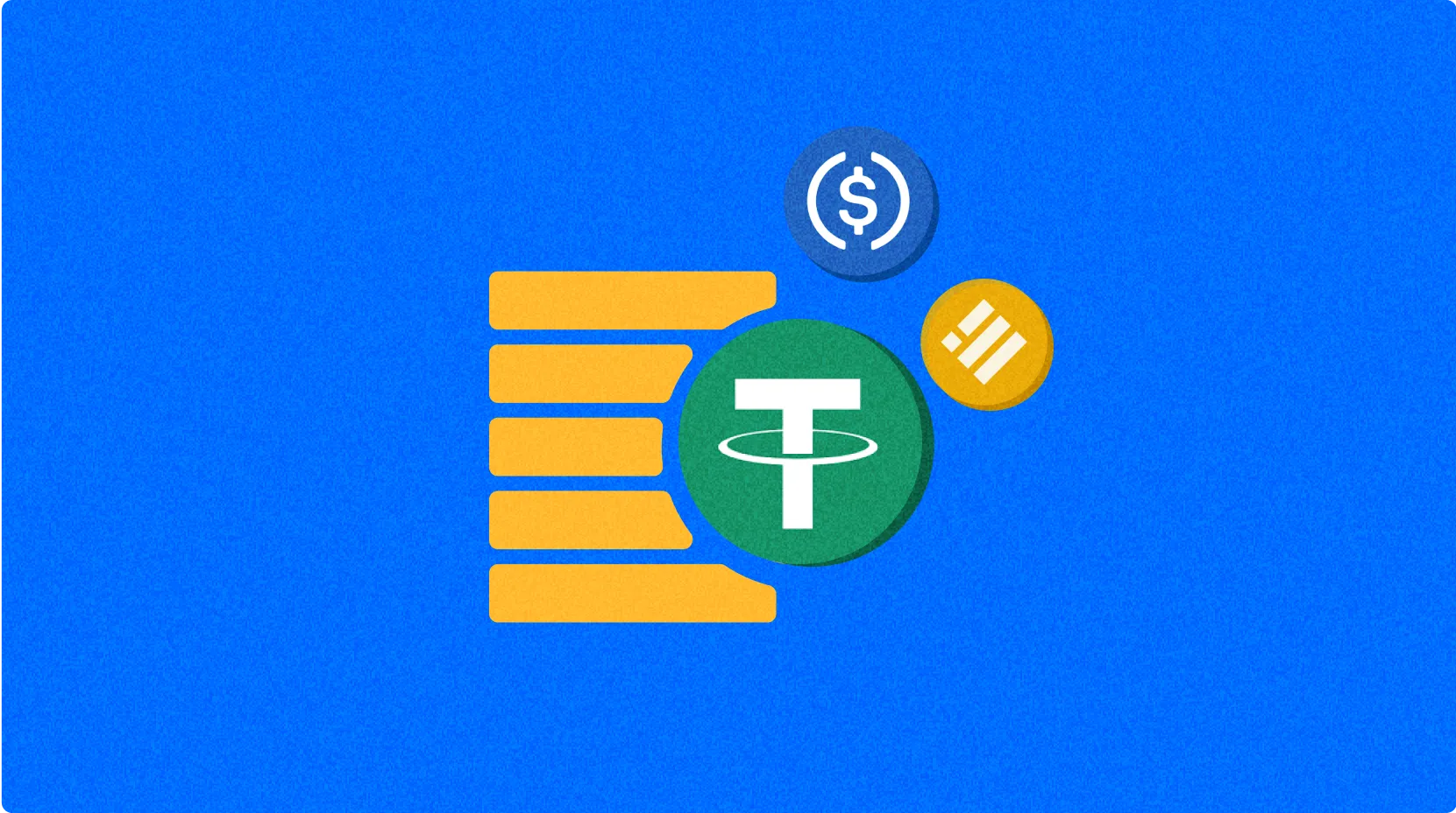What Is Fiat Money

Fiat money is official currency established by government decree, with its value not backed by physical commodities or tangible assets, but rather based on people's trust in the issuing government. Fiat currency typically exists in the form of banknotes and coins, representing the most common type of money in modern economic systems. Unlike commodity money such as gold or silver, the value of fiat money derives entirely from government backing and public consensus regarding its acceptance as a medium of exchange.
Fiat currencies dominate the global financial markets. Central banks use fiat issuance and monetary policy to regulate economies, influencing inflation rates, employment levels, and economic growth. As a symbol of national sovereignty, fiat money represents a country's standing in international trade and financial systems. Major world currencies like the US Dollar, Euro, Japanese Yen, and Chinese Yuan not only circulate domestically but play crucial roles in international trade settlements, foreign exchange reserves, and cross-border investments. The stability of fiat money directly impacts the healthy functioning of domestic markets and international investor confidence.
Fiat money faces a range of unique challenges and risks. First is the risk of inflation, which can occur when governments print excessive amounts of money, potentially leading to increased money supply and decreased value. Throughout history, many countries have experienced hyperinflation, such as the Weimar Republic in early 20th century Germany and more recently, Zimbabwe and Venezuela. Second, the fiat system heavily relies on the credibility and stability of central institutions, where political instability can trigger currency crises. Additionally, with the rise of digital payments and cryptocurrencies, traditional fiat systems face pressure to digitally transform and continually innovate to meet the demands of modern economies.
Looking ahead, fiat money is undergoing significant transformation. Central banks are actively exploring Central Bank Digital Currencies (CBDCs), attempting to combine the official nature of fiat with the convenience of digital technology. China's digital yuan, Sweden's e-krona project, and the European Central Bank's digital euro initiative exemplify this trend. Simultaneously, privately issued stablecoins are challenging certain functions of traditional fiat currencies, particularly in cross-border payments. Nevertheless, as a crucial tool of national sovereignty and a cornerstone of economic stability, fiat money's central position is expected to remain for the foreseeable future, though its form and operation will continue to evolve to adapt to the digital economy era.
Fiat money forms the foundation of modern economic systems by providing a stable measure of value, a convenient medium of exchange, and a reliable store of value, facilitating smooth economic activities. Despite challenges from digital currencies, fiat money continues to play a central role in the global financial system through its legal status, wide acceptance, and established regulatory framework. Understanding the nature, advantages, and limitations of fiat money is crucial for grasping the evolutionary direction of today's monetary system and making informed financial decisions.
Share
Related Articles

Gate Research: 2024 Cryptocurrency Market Review and 2025 Trend Forecast

Detailed Analysis of the FIT21 "Financial Innovation and Technology for the 21st Century Act"
